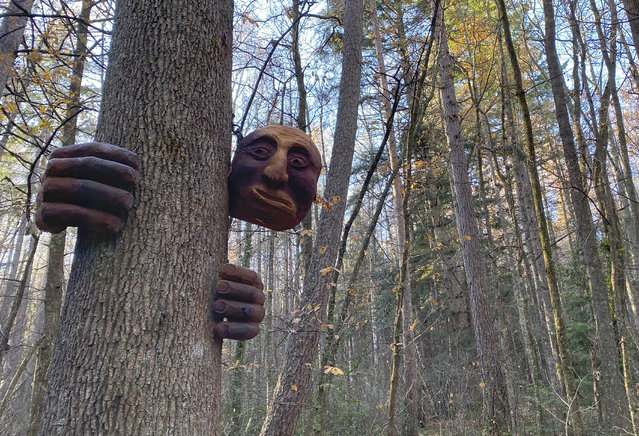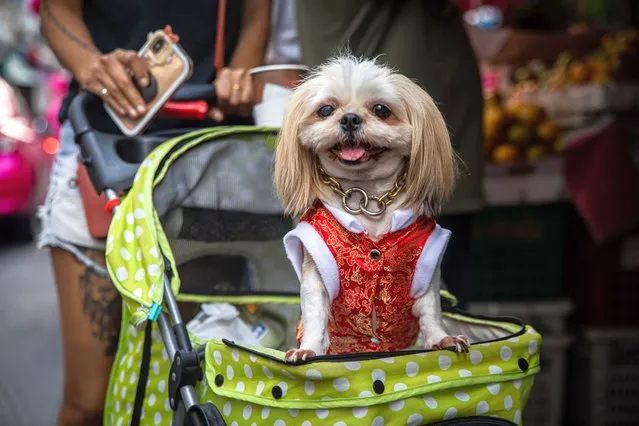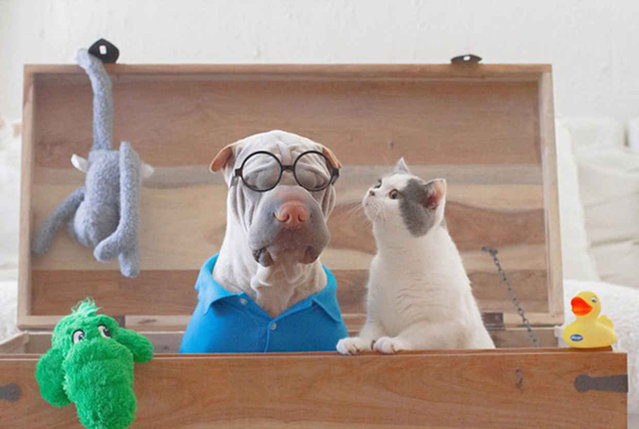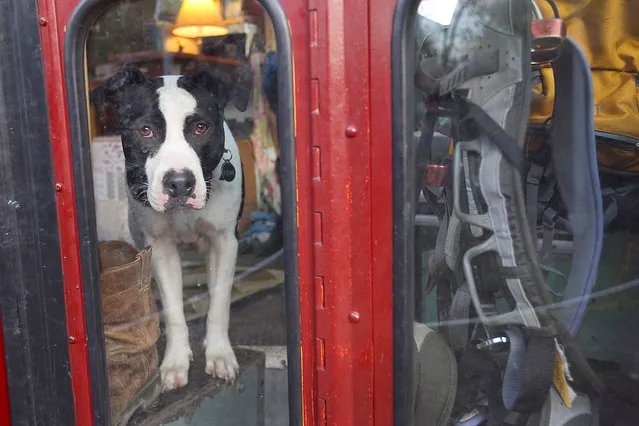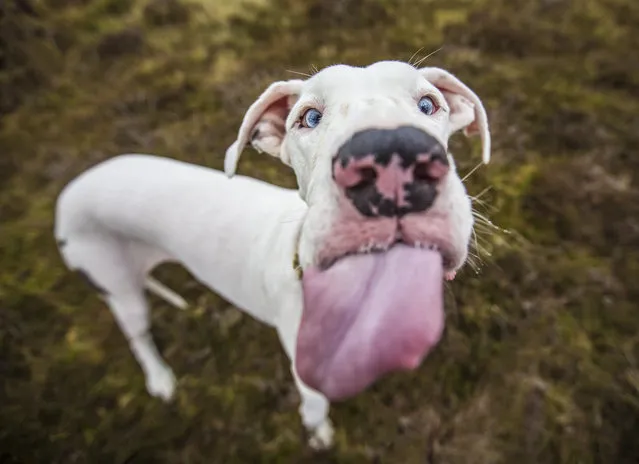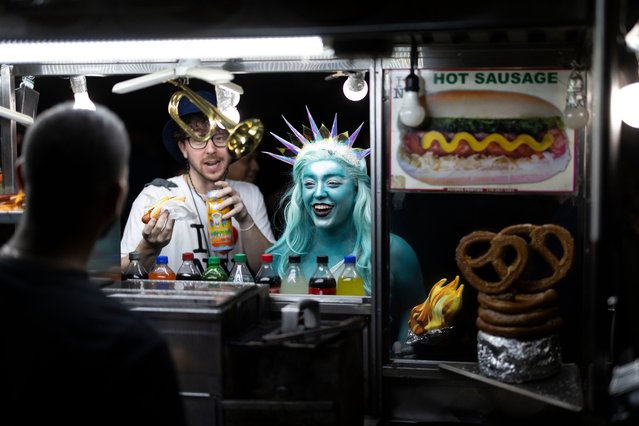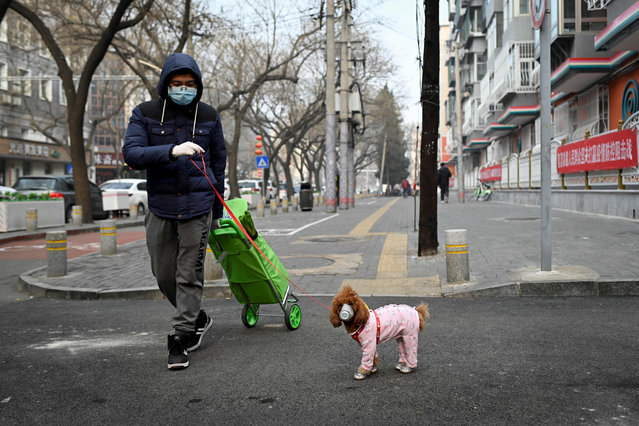
A man wearing a face mask walks his dog as he pulls a trolley after shopping in Beijing on February 13, 2020. The number of deaths and new cases from China's COVID-19 coronavirus outbreak spiked dramatically on February 13 after authorities changed the way they count infections in a move that will likely fuel speculation that the severity of the outbreak has been under-reported. (Photo by AFP Photo/China Stringer Network)
15 Feb 2020 00:07:00,post received
0 comments

